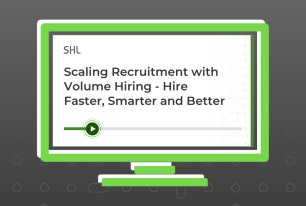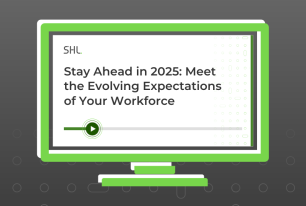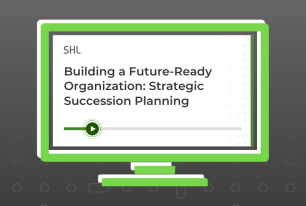Learning to Listen—the Key to Building Employee Engagement
Starting a new job just as Covid hit was a chance to improve team communication for one tech leader. Learn his tips for building employee engagement in your team.
Share
As Head of Data for SHL, I am really passionate about tech delivery. But as well as ensuring the business has the most advanced technology, I want to pair that with the right work culture, making SHL the best place to work. That involves turning the staff into brand ambassadors for the company, which itself means persuading people they are the most valuable asset in the organization. How you help them believe that is the key.
What Covid-19 taught us about employee engagement
I joined SHL in Gurugram in India just before the pandemic hit. The role was an interesting challenge after working in professional services and consulting. I liked the idea of being in a product-led company, looking after data and analytics for clients across multiple geographies. It was a chance to look at things from a completely different angle.
When Covid forced us to work from home, we were unable to meet in person and I was even recruiting staff I had not met. A year later when restrictions eased, some people were reluctant to come back into the office. All of it made it harder to create a meaningful connection between the firm and each employee. There is always a danger people end up working for a manager and not the company, which makes it more likely that someone will leave if their boss moves on. Long story short, the pandemic has made employee engagement tricky.
There is also a misconception that employee engagement only belongs to the HR department. Employee engagement is all about how your employees feel about your company, their managers and leaders, and with the other employees—it is the connection, pride, and sense of belonging. Building employee engagement is the responsibility of all leaders and managers because this is where you start if you want to create a positive work culture.
Building an employee engagement plan
I felt we had to create an effective employee engagement plan that gave staff what they really wanted, but that also empowered managers to identify members of their team who were doing well and reward them. We started out by looking at the quarterly staff surveys and analyzing that feedback. Much of it was very good, but when people were asked if they were getting sufficient information from the firm, a sizeable proportion of the respondents said no.
Somehow, employees did not feel their point of view was getting across and the company was not properly hearing what people said they needed and wanted to learn. I felt we had to do a better job of selling the message to the staff of why what they did within SHL mattered.
Building employee engagement is the responsibility of all leaders and managers because this is where you start if you want to create a positive work culture.
Since then, we have introduced new approaches to improve communication, as well as nurturing a sense of pride and belonging.
- Make the experience personal
It starts with making employee engagement truly personal, whether that is remembering people’s birthdays or anniversaries or spending a little extra to print their name on a present they are given. It is often the simple things like this that can bring an impact. You also have to ask yourself whether the company is really thinking about employees’ welfare and what really affects them now. An example would be during the pandemic when there were problems with oxygen shortages in India. We called around our staff to see if they needed help. - Listen to the employee feedback
Employee feedback really matters. You have to learn and share, which means telling workers—particularly those who have been with the business less than two years—how the company works. We explain the technology we have and why it matters, but then we also listen to the concerns and needs of staff. If you want to grow yourself professionally and grow the business, you should grow others.
Building employee engagement is a continuous process and responsibility of all leaders and managers. Create a genuine connection by making the experience personal for your staff and actively listening to their feedback. Understand what is important to them for they are the most valuable asset in your organization.
Enjoy reading this blog? Here are our leadership resources for more insightful tips. Also, check out our employee spotlights and find your place at SHL!








